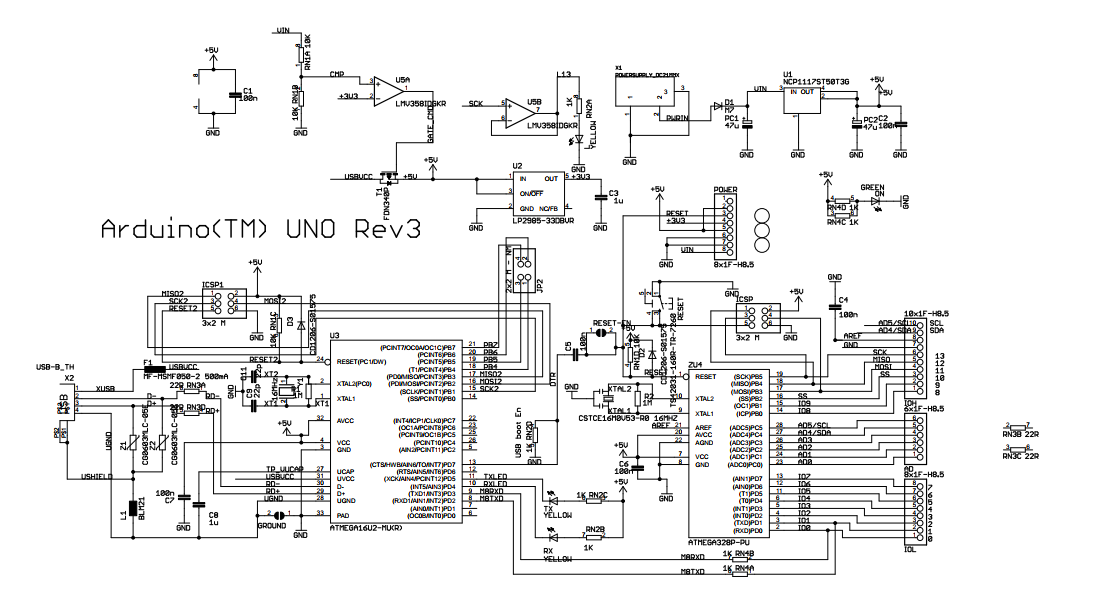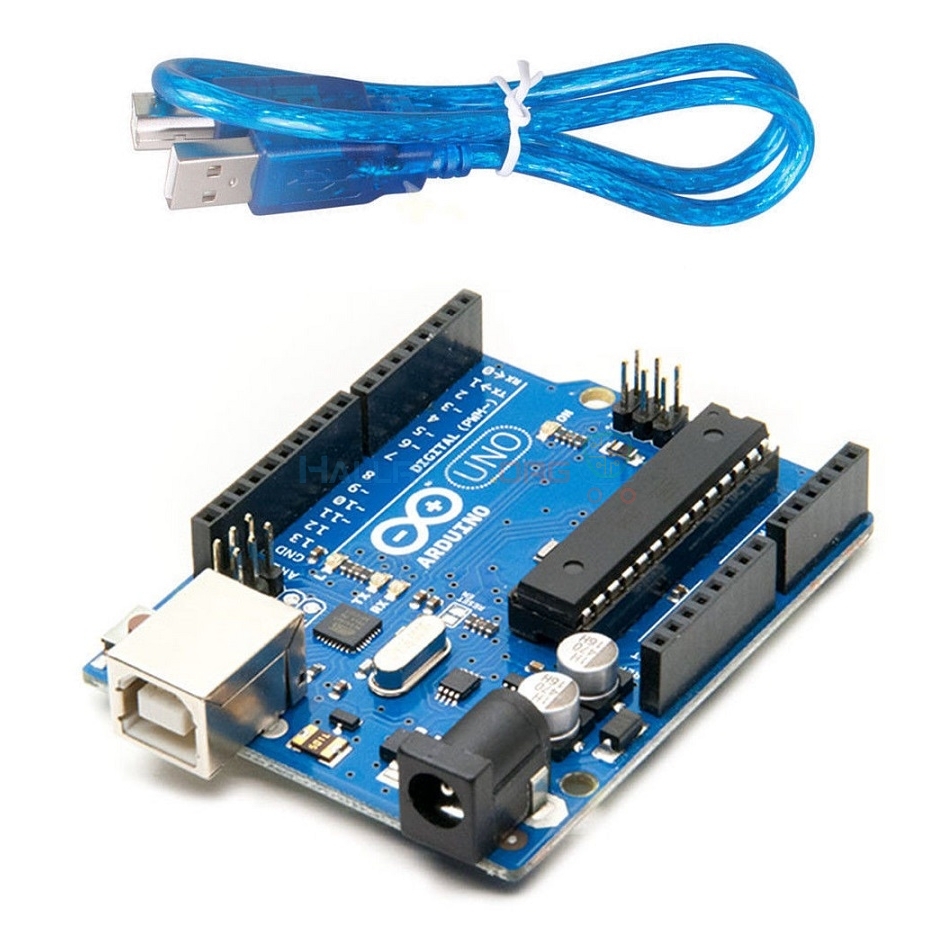


Under Tools → Boards → Boards Manager, Search for ESP8266 and install latest version of “ESP8266 by ESP8266 Community”.In File → Preferences, add a url to the Additional Boards Manager:.A search of “program ESP8266 from Arduino IDE” will provide many results. There are numerous articles on the Internet explaining how to do this. It allows for easy implementation of WiFi communication in Arduino projectsĪs there are two processors incorporated on the board, a greater range of processing power is availableĬommunication between the ATMega328 and the ESP8266 is via the serial lines and utilizes the well known Serial libraryĬrucial to the operation of the board is the Mode Selection switch, consisting of a 8 switch DIP mounted in the center of the board.īefore programming the ESP8266, you have to ensure that the Arduino IDE you are using is configured to do this type of programming. The different voltage levels are built into the board and become transparent to the User

The Arduino pin out allows for connection of many of the Arduino shields available It seems that this specific board has several advantages over similar solutions (specifically the WeMos D1 board) If greater range is required, provision is made for connecting an external antennaĪdvantages of The Arduino ESP8266 WIFI development board The board includes a small WiFi antenna.The header pin out is standard Arduino this allows any Arduino compatible shield to be connected to this development board.



 0 kommentar(er)
0 kommentar(er)
